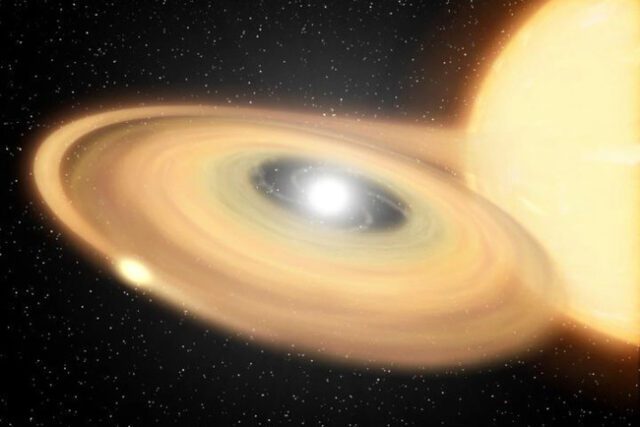
Astronomy enthusiasts have yet another reason to look up with excitement this year as NASA unveils the prospect of witnessing a rare celestial event—the nova outburst of the star system T Coronae Borealis, or T CrB. This extraordinary phenomenon, anticipated to occur sometime between now and September, offers a captivating opportunity for sky gazers across North America. Situated approximately 3,000 light-years away, T CrB typically remains obscure to the naked eye, emitting a faint magnitude of +10. However, with the forthcoming nova, its luminosity is forecasted to surge to magnitude +2, rendering it visible without the aid of telescopes and rivaling the brilliance of the North Star, Polaris. Such occurrences, which transpire roughly once every 80 years, present a unique spectacle, and given that T CrB last underwent a nova outburst in 1946, this event holds significant allure for astronomers and stargazers alike.

In contrast to the cataclysmic demise marked by a supernova, a nova event represents a transient surge in luminosity resulting from the expulsion of outer layers of accumulated material from the star. This process, driven by a runaway thermonuclear reaction triggered on the surface of a white dwarf within a binary system, propels T CrB into a temporary state of heightened brilliance. The symbiotic relationship between the white dwarf and its red giant companion in T CrB’s binary structure sets the stage for this recurring phenomenon. As NASA elucidates, the accumulation of material ejected by the red giant onto the white dwarf’s surface eventually catalyzes a thermonuclear reaction, culminating in the visually striking nova outburst. With T CrB representing one of only five recurrent novas within our galaxy, the impending celestial spectacle beckons observers to witness the mesmerizing dance of stars unfold against the backdrop of the Corona Borealis constellation—a spectacle not to be missed, as emphasized by astronomy experts and enthusiasts alike.














